The life story of Patrick Hardison from Mississippi is nothing less than a mind-blowing one. This man is the first American who has received a face transplant back in 2015 after his face and neck were left completely disfigured during a house fire.
Patrick’s life was a great one up until the day the tragedy struck in 2001.
He worked as a volunteer firefighter earlier in his life, so when he got called to help with a house fire, he didn’t hesitate. Sadly, once he entered the burning place, it collapsed on top of him and trapped him. He couldn’t move and his torso and face were severely burnt.
“[My mask] was melting to my face,” Patrick recalled. “My hose [was] already melted.”
“For somebody who does what we do for a living, I’ve never seen anybody burned that bad that was still alive,” friend and first responder Jimmy Neal told CBS News of seeing Patrick after the accident.
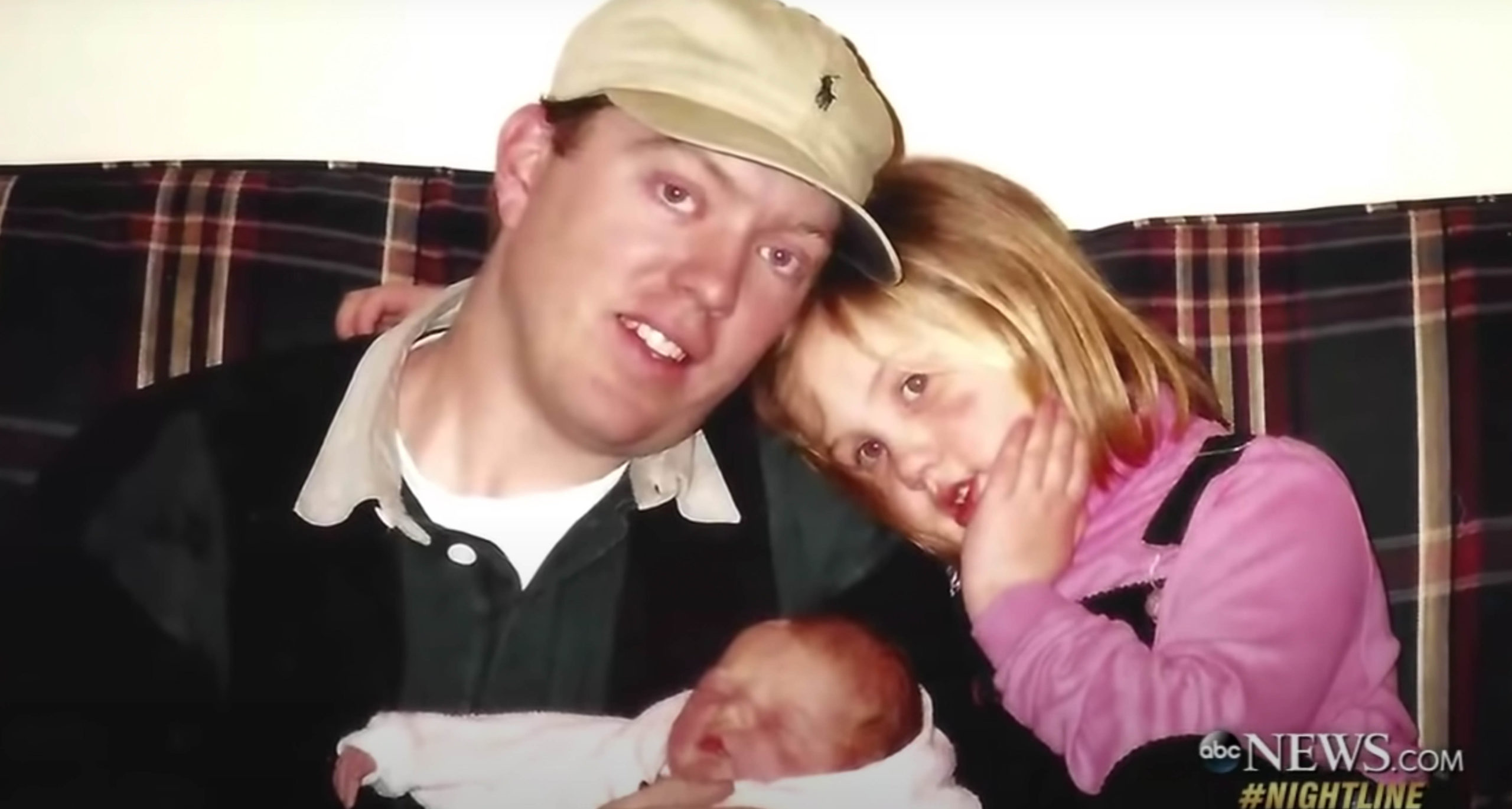
Patrick suffered third degree burns on his face and scalp. He also sustained burns to his head, neck, and upper torso. The fire also claimed his ears, lips, most of his nose, and even most of his eyelid tissue.
“I didn’t actually see myself until probably November. I got injured in September,” Patrick told Fox News. “They had cut a little pinhole in one of my eyelids because they had everything covered, skin graft. I looked in the mirror and all I could do, I said, ‘this is it? I can’t do this,’” he recalled.
Over the years, this man was forced to undergo over 70 surgeries, as well as other procedures. He couldn’t close his eyes and doctors were able to put together flaps of skin to protect his vision, but he was still facing the risk of going blind.
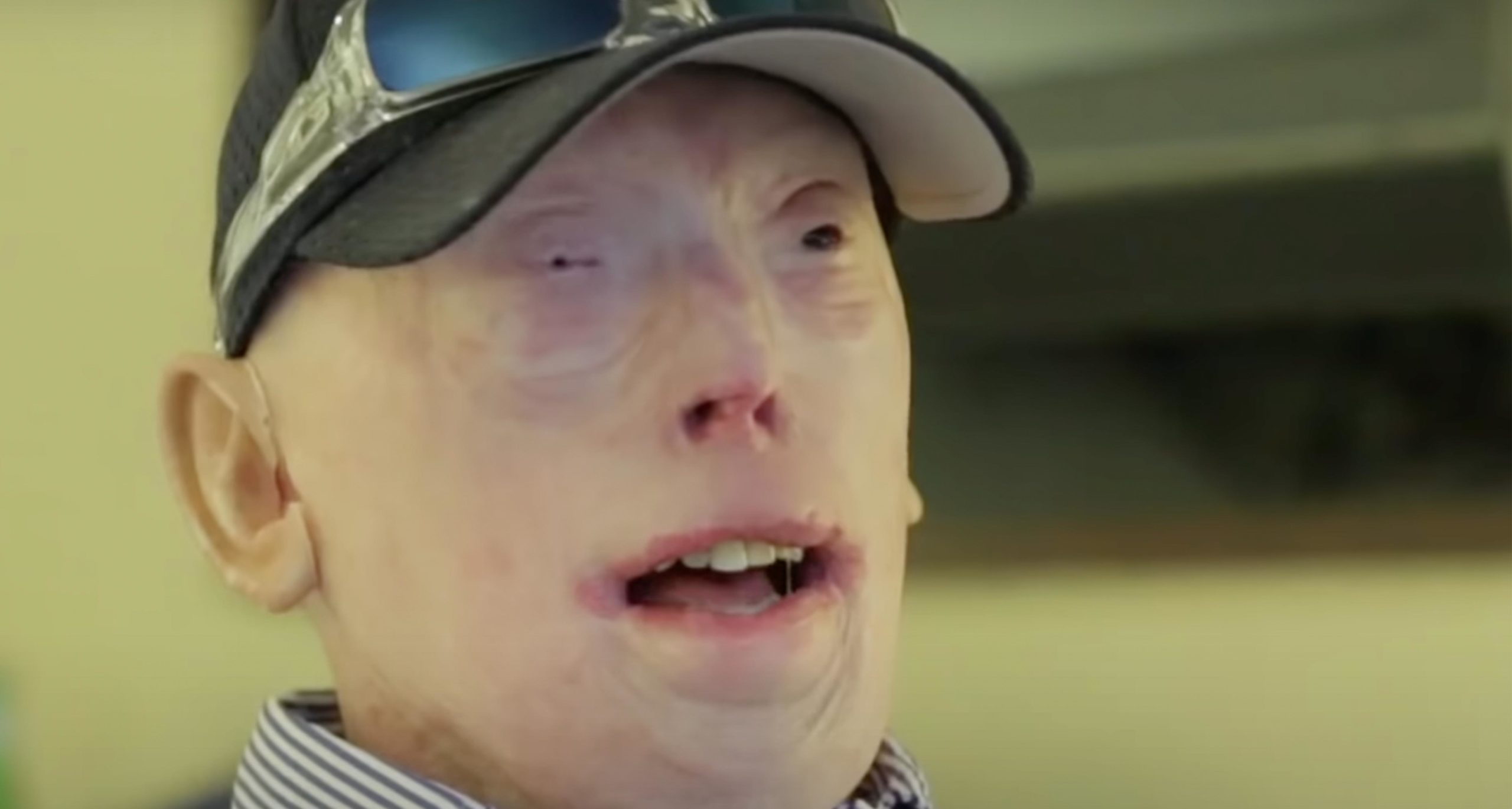
Patrick couldn’t eat without feeling excruciating pain. He just couldn’t get used to this life because he couldn’t look at himself in the mirror. Wherever he went, everyone starred at him, and he could barely stand being around people, even his children.
In order to hide and protect himself, Patrick wore sunglasses and a baseball cap all the time. He also had ear prosthetic.
“I had kids. It was just a tough time. I never got a day off from the injury. When you walk out in public, it was daily. And, you know, it’s just so — there’s no way to explain everything,” he told Yahoo! Sports.
“You go to the ball field, you have to prepare yourself for the kid that goes running off screaming.”
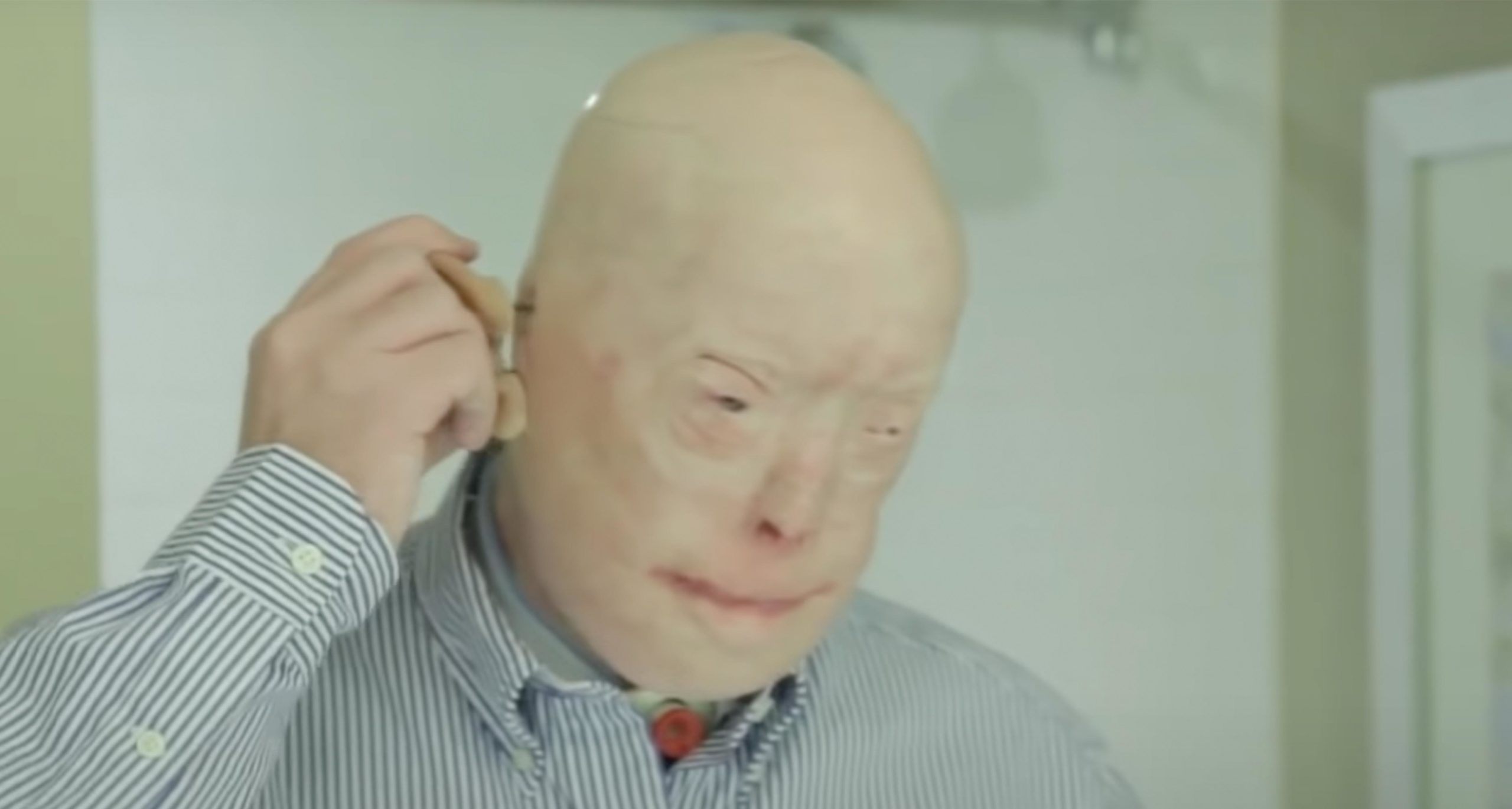
Years went by and Patrick lost hope of ever having a normal life. But then, French woman named Isabelle Dinoire received a partial face transplant after her face was severely disfigured by her pet dog. This procedure was revolutionary. It was the first ever of that kind. Surely, it gave a glimpse of hope to Patrick who at that point was truly struggling.
Patrick met doctor Eduardo D. Rodriguez from the NYU Langone Medical Center in New York who told him he would do the transplant surgery if they find a matching donor. It wasn’t easy, but one day, out of the blue, a donor appeared. LiveOnNY, a nonprofit that coordinates organ donations in the New York area, had found a match. The face Patrick was about to get belonged to 26-year-old David Rodebaugh who had sustained a massive head injury in a bike accident and had been declared brain dead.

This young man’s mother, Nancy Millar, decided to donate her son’s organs, including his face. “I said, ‘You better save his face. He has the face of a porcelain doll.’ And he’s a donor — we had talked about it,” Millar told People.
The thought of someone receiving her son’s face meant that David would continue to live on through the people whose lives he was about to save, including Patrick’s.
“When I met Patrick, I saw this strength, this strong, manly, burly kind of energy in him — that David had,” Nancy recalled.
“David wanted to be a firefighter, an I knew if this guy was a firefighter — he was willing to walk into a fire to save people and risk his own life — then he had the strength that David had.”
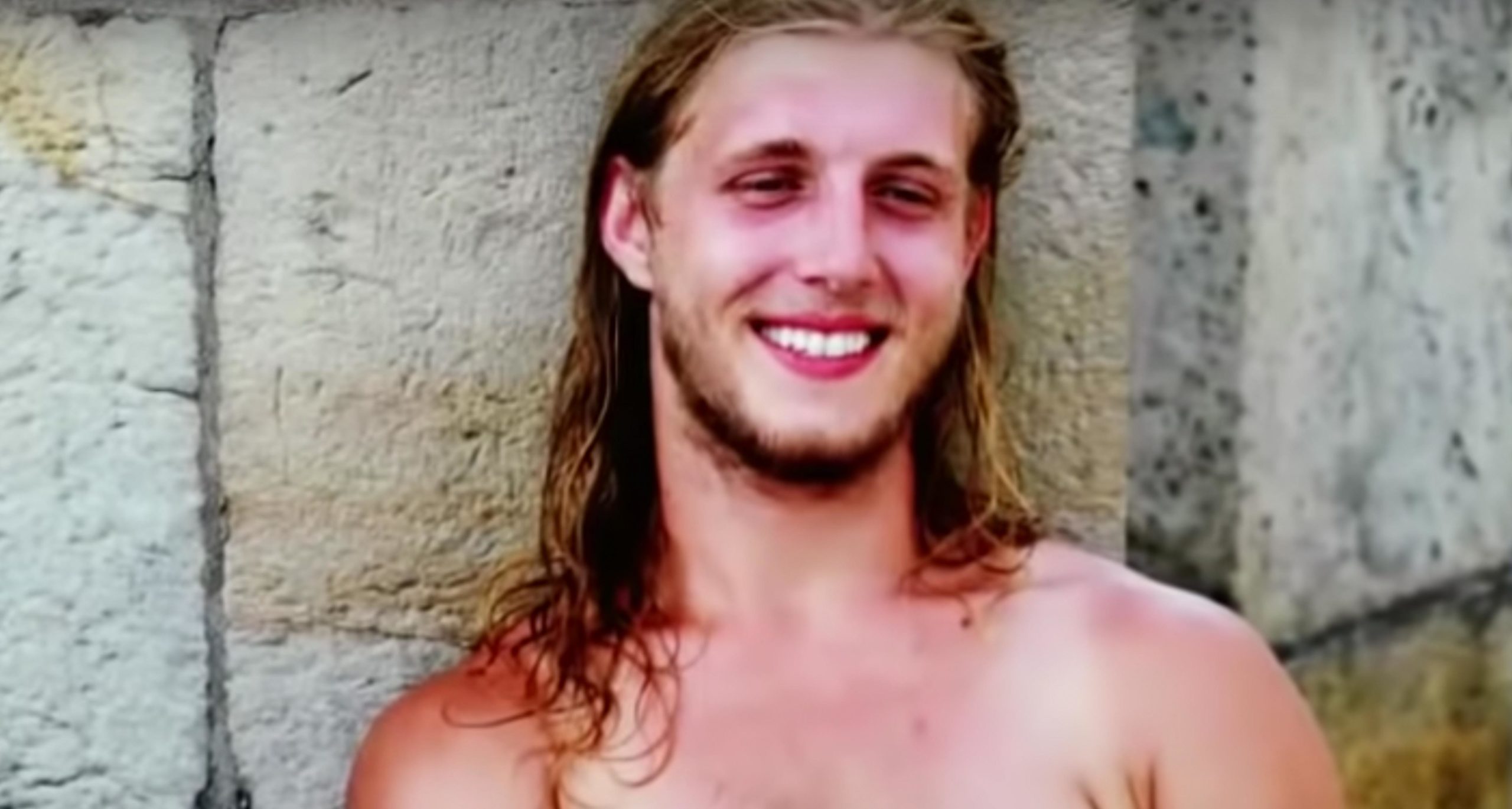
Finally, the day of the transplant surgery had arrived. The procedure lasted for 26 long hours and was performed by a team of 100 professionals.
The risk was enormous and Patrick was given a 50/50 percent chance of survival. Luckily, it was a huge success. Patrick received a new face, scalp, ears, and ear canals. He also received eyelids which allowed him to blink naturally and save his vision.
“Everything in life has a risk,” Patrick told Time Magazine.
“When it’s your time to go, you’ll go—whether you’re walking down the street and get hit by a car or you’re lying on the operating table.”
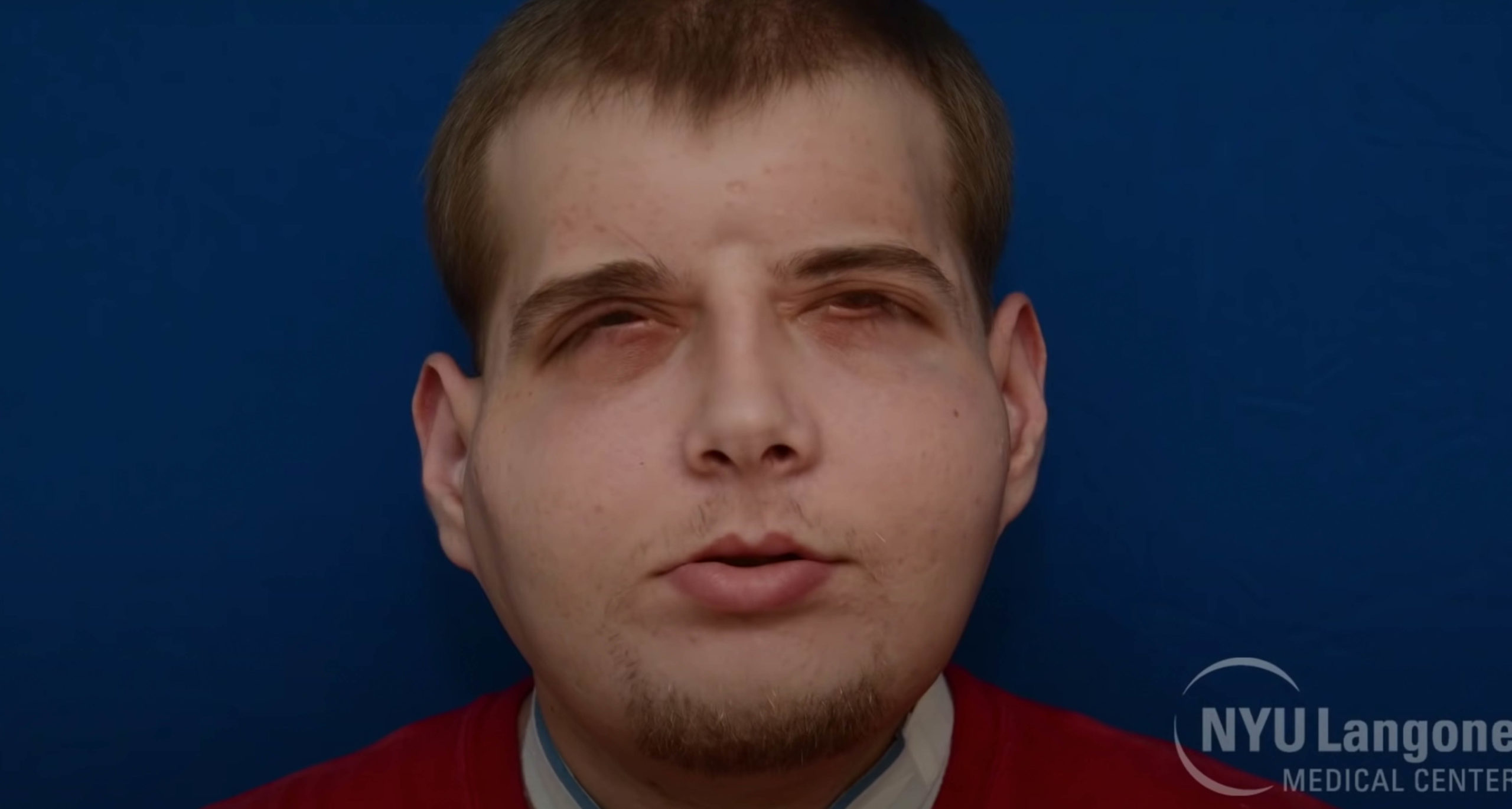
After he recovered from the swelling and he learned how to talk and swallow again, Patrick met his donor’s mother. Nancy only had one request, to kiss Patrick on the forehead.
“I said, ‘Can I kiss your forehead?’” Nancy said. “That’s the one thing I wanted to do because every night before David went to bed when he was little, I kissed his forehead.”
“I’ve been waiting a year to meet her. I’m just very grateful,” Patrick added. “Without her, it wouldn’t have been possible. It’s like she’s family. We connected that easily.”
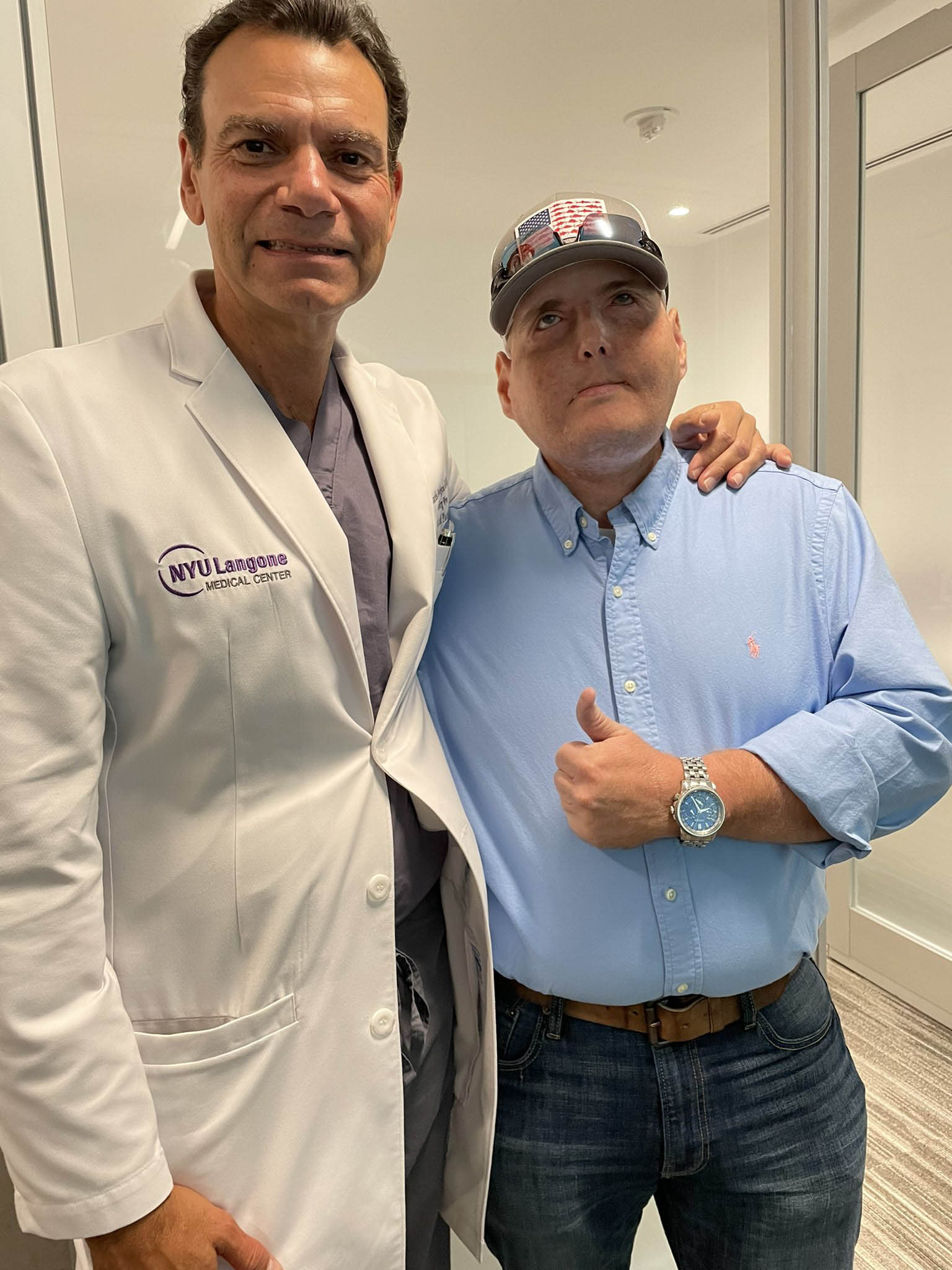
Ever since the surgery, Patrick is taking anti-rejection drugs that prevent his immune system from rejecting the face, but he’s thriving. He didn’t only receive a new face but a new life too.
Today, he is divorced and is working on a book which he hopes would serve as an inspiration to anyone who believes there is no way out from the situation they have found themselves in. “Because I want to show the world that you can have hope. I wouldn’t want people that were like me years ago to think that’s it, I have to live like this. You don’t. You can accomplish anything,” Patrick says.
His survival and his recovery are dubbed miraculous. Thanks to Nancy, Dr. Rodriguez and his team, and Patrick’s strong will, today, he is a happy man.
My Father Expelled Me Due to Welcoming a New Baby with My Stepmother, Rapidly, Karma Delivered Its Teachings
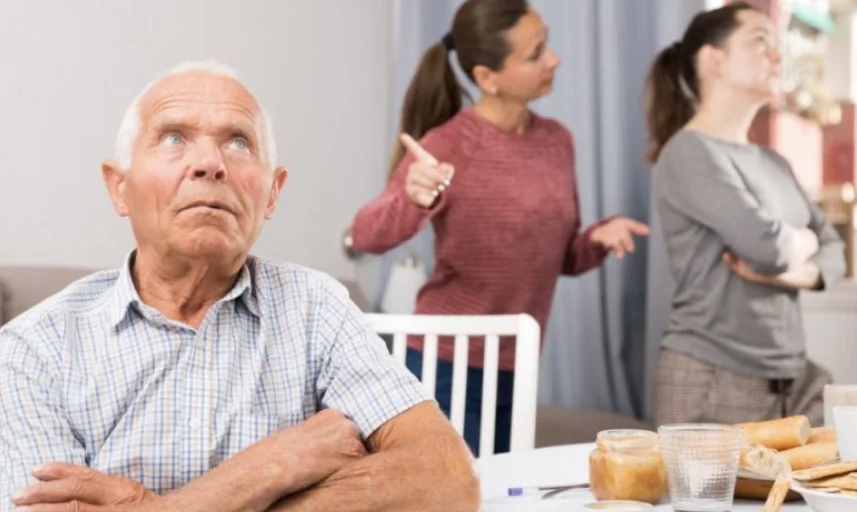
At 21, Carla faced yet another challenge when her father asked her to leave their home to make space for his new baby. Though devastated, her loving grandparents helped her rebuild her life while uncovering family secrets that forced her to choose between independence and family ties.
Carla’s life changed drastically when her mother passed away when she was just 10. Her father remarried when she was 15 to Linda, who brought her daughter Megan into their lives. Later, they had two more children together, Jimmy and a baby girl.
When her dad first announced his marriage plans, he awkwardly told her that Linda would be good for their family. He suggested that having a new stepsister might give Carla some companionship. Initially, Linda seemed kind but kept her distance. However, over time, Carla and Megan formed a strong sisterly bond, supporting each other through tough times.
At 16, Carla got a job at a local grocery store to gain financial independence. She was eager to pay for her own clothes and school supplies. But when she turned 18, her dad surprised her with a request for $500 in rent. Although she protested, he insisted it was time for her to take on responsibilities, and she eventually agreed.
Five months ago, everything changed again. Carla’s dad and Linda told her she had to leave her room for the new baby. In shock, Carla pointed out that there were other rooms available, but her dad was firm in his decision. Feeling lost, she turned to her Aunt Lisa for help. Aunt Lisa welcomed her without hesitation and promised to confront her father about the situation.
The next day, Grandpa stepped in and had a heated discussion with Carla’s dad. Afterward, he offered her three choices: stay at home, live with him and Grandma, or find her own place with financial support from them. Though confused, Carla decided to stay with her grandparents for a while, but tensions at home continued to rise.
As things grew colder between her and her dad, Megan noticed the change and asked Carla why. Exhausted and confused, Carla couldn’t give her an answer. Eventually, she chose to move out, and Grandpa provided her with a cozy apartment and a $15,000 check to help her start fresh.
Grateful for her grandparents’ support, Carla embraced her new independence but missed her family, especially Megan and Jimmy. Her relationship with Dad and Linda diminished, and visits became rare. Seeking comfort, she turned to Aunt Lisa, who understood her feelings.
During a visit, Carla learned a shocking truth from her cousin: Grandpa had been holding Dad accountable for paying rent and returning the $15,000 gift to Carla. This revelation made her realize how much support Grandpa had provided over the years while trying to teach Dad responsibility.
Curious about the situation, Carla spoke with her grandparents and learned more about the family dynamics that led to her eviction. Wanting to clear the air, she agreed to a dinner with her dad to address their issues. Despite the tension, they both expressed their feelings and apologized.
Carla expressed her desire to mend their relationship without sacrificing her independence. With mixed emotions, she recognized her family’s struggles and vowed to find a balance. Supported by her grandparents, she felt hopeful for the future.
Determined to succeed in school and start her career, Carla aimed to make her grandparents proud. Blessed with their love and strength, she was ready to carve her own path toward a brighter future.

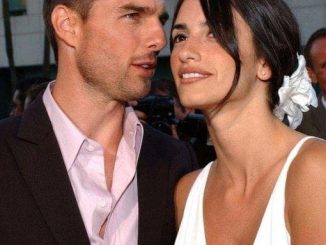

Leave a Reply